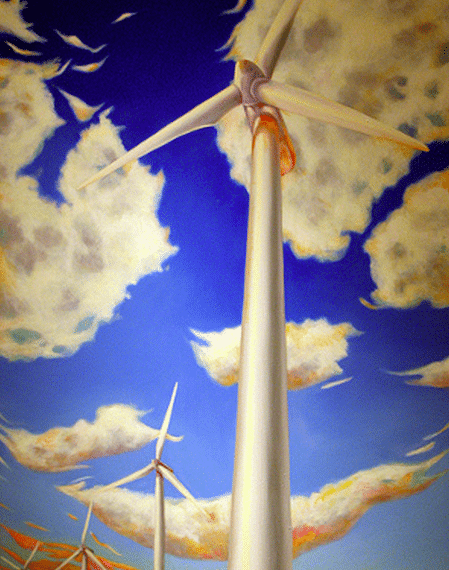Marginalized schools in California can now get the kind of high-class green energy education normally reserved for better-funded districts. Until now, materials for middle and high school courses on renewable energy have been expensive, and developing a curriculum takes time. New pre-made, affordable course kits are solving both of those problems, however, and could potentially shift the direction of Californian science education. (For more engineering education resources, see here.)
“The people we’re trying to convince are the kids who don’t know about renewable energy. So, the current tools for teaching about it don’t reach the target audience,” Ben Sumers, a student at Stanford University, in Palo Alto, Calif., who heads the course-kit project, told E4C by email.
The Stanford students call their project Tape and Scissors, so-called for the only materials teachers need to provide when they use the course kits.
The courses conform to the core principles of the California science standards, teaching them through lessons on renewable energy.
“Our kits are really cheap—they’re a buck apiece right now—and are accessible to teachers in less well-off school districts,” Sumers says. Schools can buy the kits online at tapeandscissors.com.

Stanford students Ben Sumers and Annie Scalmanini head the project to introduce renewable energy education into middle and high schools. Photo courtesy of Ben Sumers
“The best way to get renewable energy into schools, we think, is to develop science labs that simultaneously teach about renewable energy and basic science lessons,” Sumers says. “For instance, we have one that is teaches students about energy, power and forces. That satisfies very particular California science standards. It also happens to use a wind turbine to do the trick.”
Another kit at Tape and Scissors calls on students to plan a renewable energy grid for their neighborhood. The plan should address issues such as zoning and the availability of wind and solar energy.
The kits may represent a pioneering education strategy. With simple tools—paper pinwheels and printed lesson plans—they put the building blocks of leading edge technology within grasp of students who will likely benefit from it, and work with it in the future.

